Market Share
Web Application Firewall Market Share Analysis
For organizations to stand out in the Web Application Firewall (WAF) industry, market share positioning techniques are crucial. Technology-driven differentiation is crucial. WAF vendors spend in R&D to include machine learning algorithms, behavioral analytics, and real-time threat intelligence. Companies that lead in technology innovation might attract organizations looking for cutting-edge WAF solutions that can handle the changing threat scenario. Strategic alliances and collaborations are key to WAF market share positioning. IT integrators, cloud service providers, and cybersecurity companies typically partner with WAF providers. Collaborative solutions provide whole cybersecurity ecosystems. Strategic partnerships provide firms a wider market reach and stronger offers as comprehensive and interoperable WAF solutions for varied business demands. Customer-centricity helps WAF market share positioning. Understanding and meeting consumer wants gives companies an edge. Market uniqueness comes from customizable solutions, individualized customer service, and cybersecurity response. Customer-centric suppliers become trusted partners and gain market share as organizations seek customized WAF solutions that match their applications and infrastructure. Strategies that address global cybersecurity risks boost WAF market share. Global enterprises need WAF solutions that adapt to regional threat environments and regulatory requirements. Adapting solutions to varied industry verticals and regulatory settings makes organizations global players that can address businesses' diversified cybersecurity demands. A worldwide approach helps suppliers reach a wide market and maintain market share. WAF market share depends on cloud-native solutions and flexible deployment options. Businesses want WAF solutions that work with cloud settings as cloud computing grows. Scalable, adaptable WAF providers with on-premises, cloud, and hybrid deployment strategies meet enterprises' varying demands. By accommodating organizations with different IT infrastructures and preferences, suppliers may gain market share by marketing themselves as flexible solution providers. Educational activities and thought leadership boost WAF market share. As cybersecurity attacks get increasingly complex, organizations seek WAF suppliers who provide solutions and are trusted experts. Educational programs, smart content, and cybersecurity thought leadership build companies as market leaders. This thought leadership builds confidence and trust, persuading organizations to adopt WAF solutions over rivals. Innovation in pricing approaches and cost-effectiveness are key WAF market share strategies. Businesses seeking affordable cybersecurity solutions want clear and flexible pricing models like subscription-based or usage-based approaches. Companies gain market share by offering affordable price without sacrificing features and safety, making them appealing to enterprises of all sizes and budgets. Compliance with regulations and certifications are key to WAF market share. WAF suppliers who meet industry standards and have applicable certifications gain an advantage as enterprises negotiate complicated regulatory climates. PCI DSS, HIPAA, and GDPR compliance makes firms trustworthy partners who can provide WAF solutions that satisfy the highest security and compliance requirements, enticing businesses to use them.

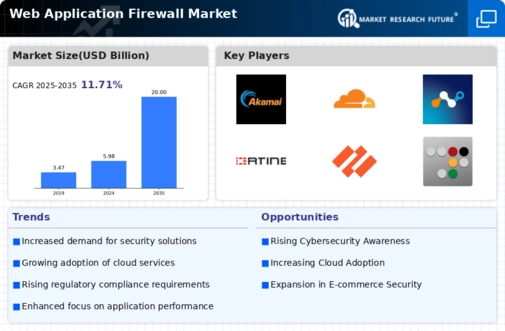

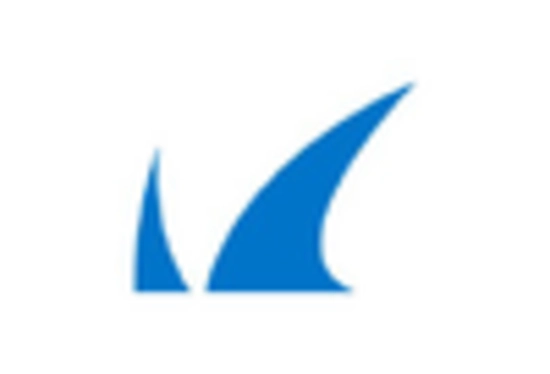
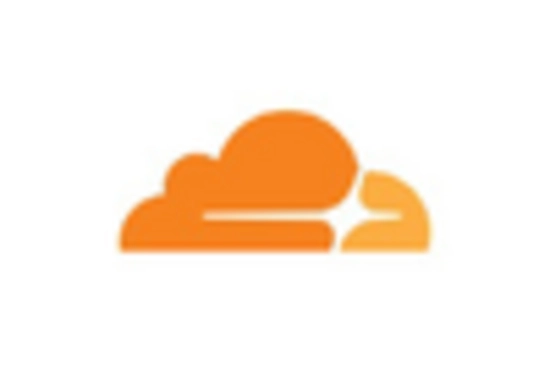
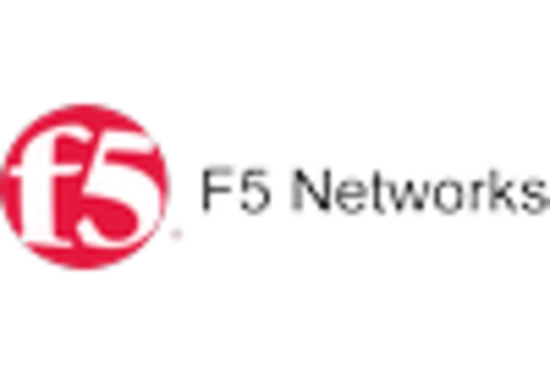
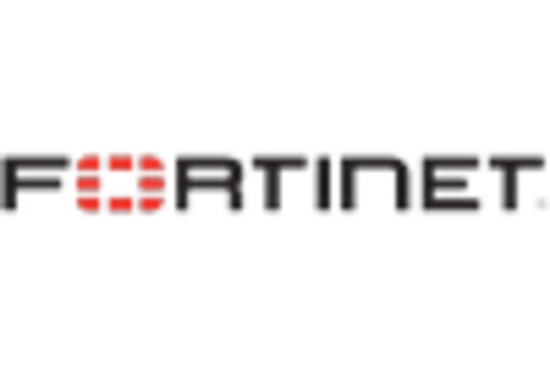
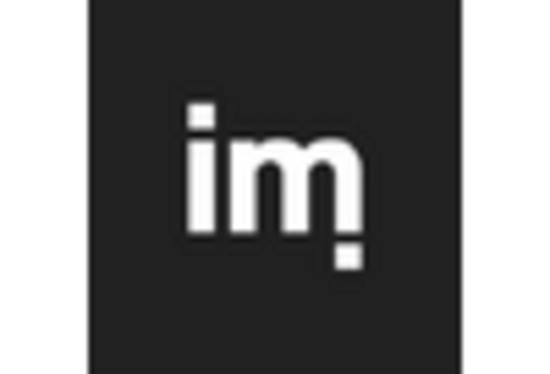









Leave a Comment